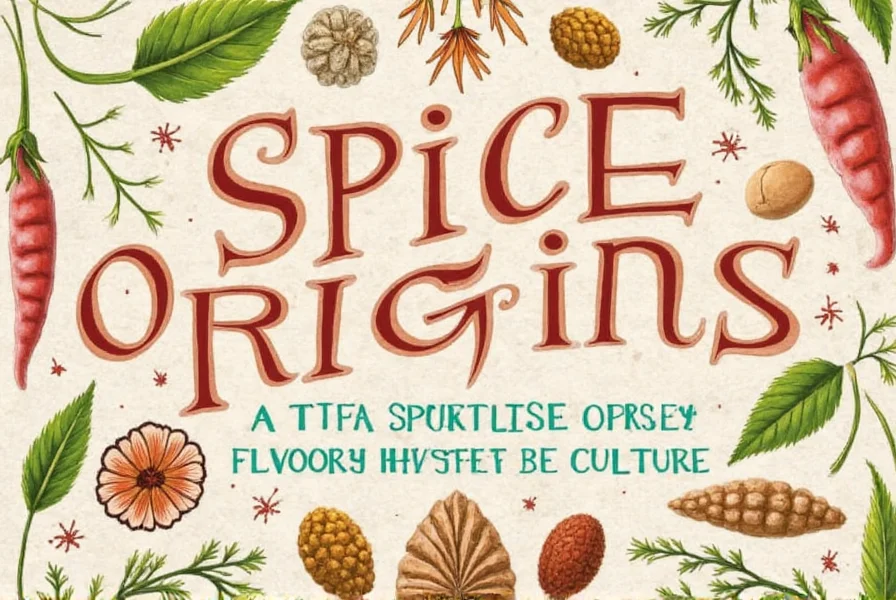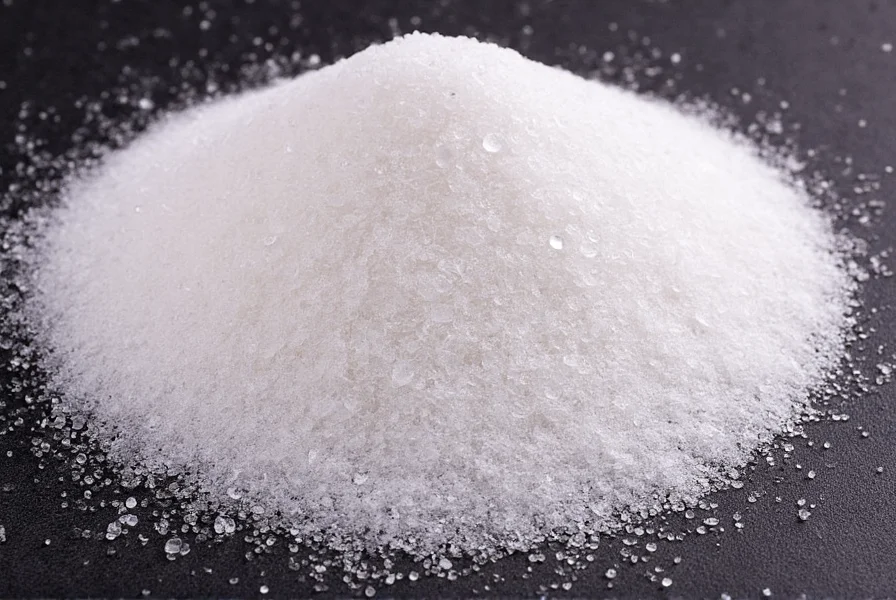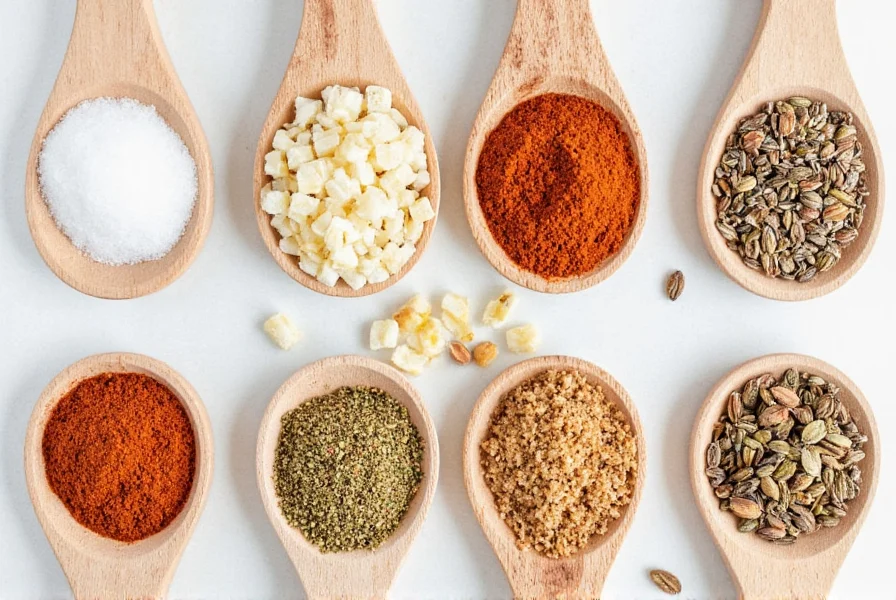No, salt is not a spice. Salt is a mineral compound (sodium chloride) derived from the earth or sea, while spices are dried parts of plants such as seeds, bark, roots, or fruits. Despite this, salt functions similarly to spices in cooking by enhancing flavors. This article explains the key differences, why salt is essential, and practical tips for using it effectively.
Table of Contents
- What Exactly Is a Spice?
- Salt vs. Spices: Key Differences
- Why Salt Is Essential in Cooking
- Cooking with Salt: Expert Tips
- Buying Guide: Choosing the Right Salt
- Frequently Asked Questions
- Conclusion
What Exactly Is a Spice?
According to culinary definitions, a spice is a dried part of a plant—such as seeds, bark, roots, or fruits—used to flavor, color, or preserve food. For example:
- Cinnamon comes from tree bark.
- Nutmeg is a seed.
- Black pepper is a dried fruit (technically a berry).

Salt vs. Spices: Key Differences
Salt is fundamentally different from spices because it is mineral-based, not plant-based. Here's a clear comparison:
| Feature | Salt | Spices |
|---|---|---|
| Origin | Mined or harvested from seawater | Dried parts of plants (seeds, bark, roots) |
| Flavor Role | Enhances existing flavors | Adds distinct, identifiable flavor notes |
| Chemical Makeup | Inorganic (NaCl) | Organic compounds |
| Usage | Broad, essential in almost all cuisines | Variety-specific; used to add character or warmth |
While salt enhances flavor like spices, it doesn't qualify as one due to its mineral origin. However, its role in cooking is equally vital.
Why Salt Is Essential in Cooking
Salt may not be a spice by definition, but it serves critical culinary functions:
- Flavor enhancement: Salt suppresses bitterness and boosts sweetness and umami. Try a pinch on caramel ice cream for a surprising effect.
- Foundation in seasoning blends: Salt is a key component in mixes like jerk seasoning or za'atar.
- Universal necessity: Almost every dish, including desserts, needs salt to balance flavors.

But Wait, Aren't There Different Types of Salt?
Yes! Salt varieties offer unique textures and flavors for specific cooking needs.
Cooking with Salt: Expert Tips
Master salt usage with these practical strategies:
- Taste as you go: Add salt at multiple cooking stages to build layered flavors.
- Use finishing salts: Flaky sea salt or Himalayan pink salt adds crunch and burst when sprinkled before serving.
- Grind it fresh: For coarse salts like Maldon, use a grinder for consistent texture.
- Pair wisely: Combine salt with citrus, chocolate, chili, or herbs for complex profiles.
- Don't fear it: Small amounts enhance natural flavors without over-salting—health concerns are often overstated.

Buying Guide: Choosing the Right Salt
Not all salts are equal. Here's a quick reference:
| Type | Texture | Flavor Profile | Best Use | Recommended Brands |
|---|---|---|---|---|
| Table Salt | Fine, uniform | Clean, sharp | Everyday cooking, baking | Kroger, Morton |
| Kosher Salt | Coarse, flaky | Mild, easy to control | Seasoning meat, general cooking | Diamond Crystal, Morton |
| Sea Salt | Varies (fine to chunky) | Mineral-rich, subtle briny notes | Finishing touches, gourmet dishes | Celtic Sea Salt, Jacobsen |
| Himalayan Pink Salt | Crunchy crystals | Earthy, slightly metallic | Garnish, salt blocks | Lime & Salt Co., The Spice Lab |
| Maldon Sea Salt | Flaky, light | Crisp, clean salinity | Salad garnishes, desserts | Maldon Salt Company |
Pro Tip: Storage Matters!
Store salt in cool, dry places using glass or ceramic containers to preserve freshness, especially for premium varieties.
Frequently Asked Questions
Is salt technically considered a spice?
No. Salt is a mineral compound (sodium chloride) from the earth or sea, while spices are dried plant parts. This fundamental difference means salt doesn't meet botanical definitions.
Why do people often think of salt as a spice?
Salt is grouped with spices due to its flavor-enhancing role in cooking. It's used in seasoning blends and foundational for flavor development, often called the "master seasoning" for boosting other tastes without adding its own distinct profile.
What's the difference between salt and spices in cooking?
Salt enhances existing flavors by suppressing bitterness and amplifying sweetness and umami, while spices add specific taste notes (e.g., cumin's earthiness or cinnamon's warmth). Salt makes ingredients taste more like themselves; spices introduce new flavors.
Can I replace salt with spices for health reasons?
Not fully. Spices add complexity but lack salt's unique flavor-enhancing properties. To reduce sodium, use small amounts of high-quality finishing salts (more flavor per grain) alongside herbs and spices. Salt substitutes often contain potassium chloride, which has a different taste profile.
Why does the type of salt matter in cooking?
Different salts vary in crystal size, density, and trace minerals, affecting dissolution and flavor delivery. Fine table salt provides immediate saltiness, while flaky sea salt offers gradual release with crunch. Choosing the right type optimizes texture and taste in dishes.
Conclusion
Salt is not a spice—it's a mineral. But in the kitchen, it functions like one by elevating flavors and balancing dishes. Whether sprinkling Himalayan pink salt on avocado toast or grinding Maldon over chocolate chip cookies, remember: salt is the secret weapon that turns good food into great food.
Final Thought: Next time someone asks if salt is a spice, say no—but also yes. The line between science and flavor gets deliciously blurry.











 浙公网安备
33010002000092号
浙公网安备
33010002000092号 浙B2-20120091-4
浙B2-20120091-4